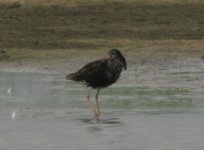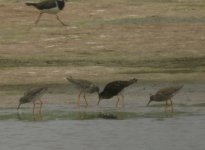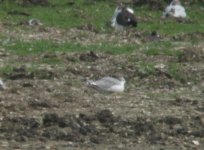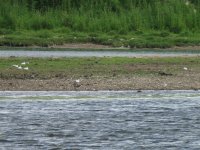Had a very pleasant weekend in the Dunfanaghy area this weekend. Wasn't really birdwatching but did get to see a few species once i got out and about.
On Saturday on the bay I managed to see Curlew, Black Tailed Godwits, Dunlin, Sanderling, Ringed Plover, Oystercatcher, Heron, Herring Gulls and Black Headed Gulls.
I did the Horne Head walk on Sunday and saw some of the above but the list also included Stonechat, Meadow Pipit, Buzzard and Sparrowhawk.
I also visited Ards forrest and added Robin, Wren, Song Thrush, Chifchaff, Willow Warbler, Blackbird, Chaffinch, Goldfinch, Reed Bunting, Mallard, Moorhen
Also saw a good number of ducks in a few lochs but couldn't see what species they were. but i presume they were mallard.








